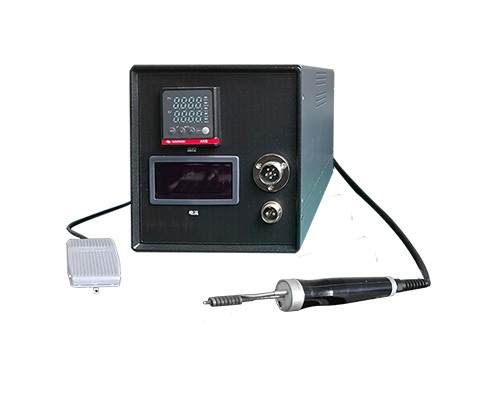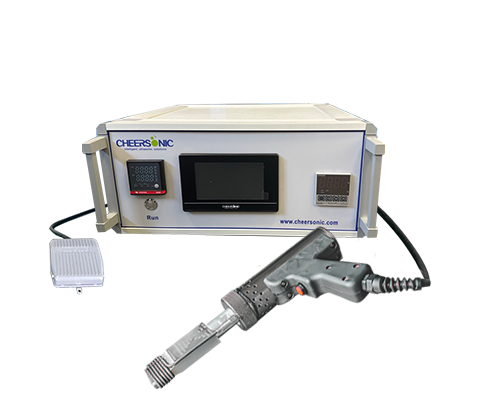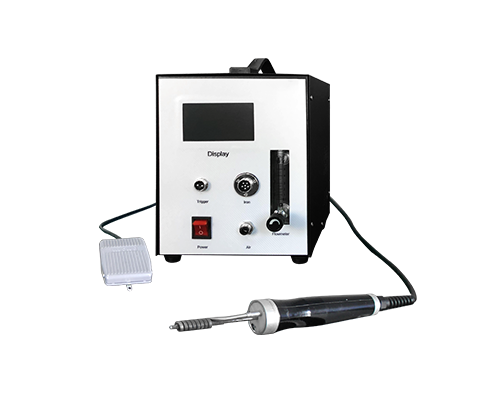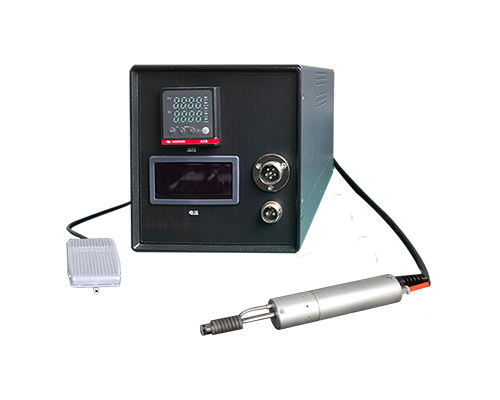Copper, due to its excellent heat-conducting properties, has become the core material for heat dissipation components in fields such as electronic devices and automotive heat exchangers. Its heat-conducting efficiency is approximately 5 times that of iron and 1.7 times that of aluminum. However, copper heat sinks have always faced technical challenges such as high reflectivity, high thermal conductivity, and susceptibility to oxidation. The welding quality directly determines the stability and lifespan of the heat dissipation system. With the upgrading of manufacturing technology, diversified welding processes are enabling high-quality connections for copper heat sinks.
Laser welding is the mainstream technology choice for precision copper heat sinks. In compact devices such as mobile phones and laptops, heat sinks need to be both lightweight and airtight. The high precision advantage of laser welding is particularly prominent in this regard. Regarding the high reflectivity of copper, short-wavelength lasers such as green or ultraviolet light can be used, combined with surface pre-treatment to enhance energy absorption rate, effectively solving the problem of difficult welding initiation. By distributing energy through ring-shaped light spots, optimizing welding speed and protecting gas parameters, it can significantly reduce thermal stress concentration, minimize deformation and the risk of pores, and the thermal resistance at the weld interface is reduced by more than 30% compared to traditional processes.
Welding technology is widely used in the manufacturing of industrial-grade copper heat sinks. Hard brazing employs copper-based brazing materials with a melting point above 450℃. Through alloying reactions, it forms high-strength joints, suitable for applications such as automotive radiators and intercoolers in high-temperature environments. This technology allows for the use of thinner copper materials, which can reduce weight while maintaining heat dissipation efficiency. The production process does not require cleaning, avoiding wastewater pollution. After disposal, it can be 100% recycled and reused, combining economic efficiency with environmental friendliness.

Resistance welding provides an efficient solution for the copper alloy heat dissipation housing. By generating local heating with the current, the solder melts rapidly. Utilizing the high thermal conductivity of copper, it achieves rapid heat dissipation, preventing collapse defects caused by heat concentration. By precisely controlling the current, pressure, and solder parameters, the welding can be completed in one step, which not only enhances production efficiency but also reduces the thermal influence zone, ensuring the joint strength and corrosion resistance, and meeting the high-load usage requirements of the chip heat dissipation housing.
Regardless of the type of process, welding quality control is of utmost importance. Before the operation, the oxide layer and oil stains need to be removed through sandpaper polishing and chemical cleaning; during the operation, stable equipment performance and precise tooling are relied upon; after the operation, internal defects of the weld seam need to be detected. With the continuous optimization of welding technology, copper heat sinks are breaking through the limitations of material properties and providing reliable guarantees for efficient heat dissipation of equipment in the fields of electronics and automobiles.





